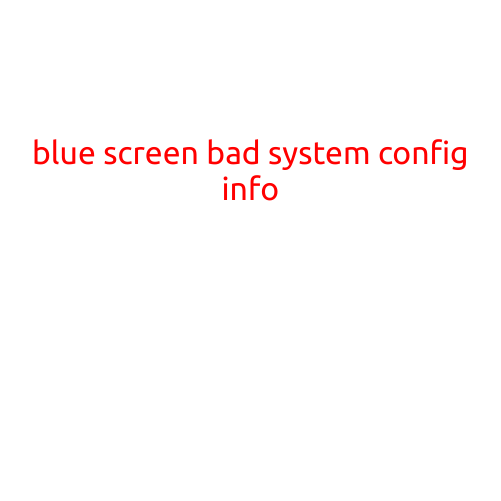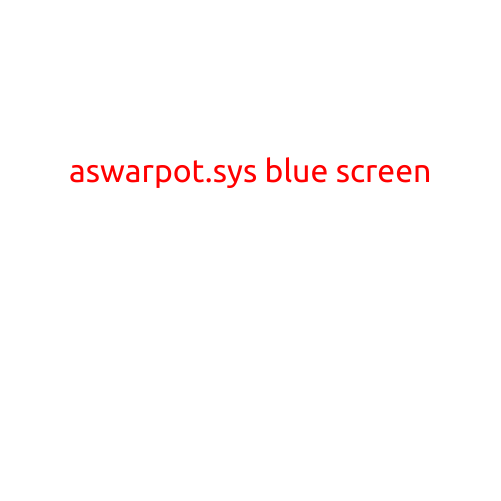
Title: Blue Screen Backdrop: A Staple in Photography and Videography
Introduction:
When it comes to photography and videography, the blue screen backdrop, also known as a chroma key backdrop, has become an essential tool in creating visually appealing and professional-looking content. This article will delve into the world of blue screen backdrops, exploring their benefits, uses, and how they can elevate your creative projects.
What is a Blue Screen Backdrop?
A blue screen backdrop is a colored background used to replace with a different image or video in post-production. The blue color is typically a specific shade of blue, known as sky blue or Chroma key blue, which is designed to seamlessly blend with the blue color of the subject’s clothing or costume in the foreground. The goal is to create a seamless merge between the background and the subject, allowing for easy removal of the blue screen and replacement with a new background.
Benefits of Using a Blue Screen Backdrop:
- Flexibility: With a blue screen backdrop, you have the freedom to change the background of your image or video to suit your creative vision. Whether you’re creating a cinematic film, a commercial, or a social media post, a blue screen backdrop gives you the versatility to adapt to any setting.
- Cost-Effective: Blue screen backdrops are an affordable way to create a professional-looking background without the need for extensive location scouting or expensive set design.
- Time-Saving: Shooting against a blue screen backdrop saves time during post-production, as the background can be easily removed and replaced with a new image or video.
- Easier Post-Production: Blue screen backdrops simplify the post-production process, as the blue color provides a clear separation between the subject and the background, making it easier to remove and replace the blue screen.
Uses of a Blue Screen Backdrop:
- Film and Television: Blue screen backdrops are a staple in the film and television industry, used in a wide range of productions, from sci-fi and fantasy films to sitcoms and TV commercials.
- Photography: Blue screen backdrops are popular among photographers, particularly in the fashion, beauty, and product photography industries.
- Videography: Blue screen backdrops are widely used in videography, including music videos, short films, and corporate videos.
- Green Screen: While chroma key backdrops come in various colors, blue is the most common due to its high contrast with human skin tones and clothing. Green screens are also popular, particularly for sci-fi and fantasy productions.
Tips for Working with a Blue Screen Backdrop:
- Use the Right Lighting: Proper lighting is crucial when working with a blue screen backdrop. Soft, diffused light or LED panels with a high color temperature (daylight) can produce a clean, blue color.
- Choose the Right Blue: Select a blue color that complements your subject’s skin tone and clothing. Aim for a blue shade that is not too bright or overpowering.
- Clean and Dust-Free: Ensure your blue screen backdrop is clean and dust-free to avoid any imperfections or distractions in your final output.
- Work with a Professional: If you’re new to working with blue screen backdrops, consider working with a professional photographer, videographer, or post-production expert to ensure you get the best results.
Conclusion:
In conclusion, the blue screen backdrop has become an indispensable tool in photography and videography, offering flexibility, cost-effectiveness, and ease of use. By understanding the benefits and uses of a blue screen backdrop, creatives can elevate their projects and deliver high-quality, visually appealing content. Whether you’re a beginner or an experienced professional, this article has provided you with the knowledge and inspiration to get creative with a blue screen backdrop.





